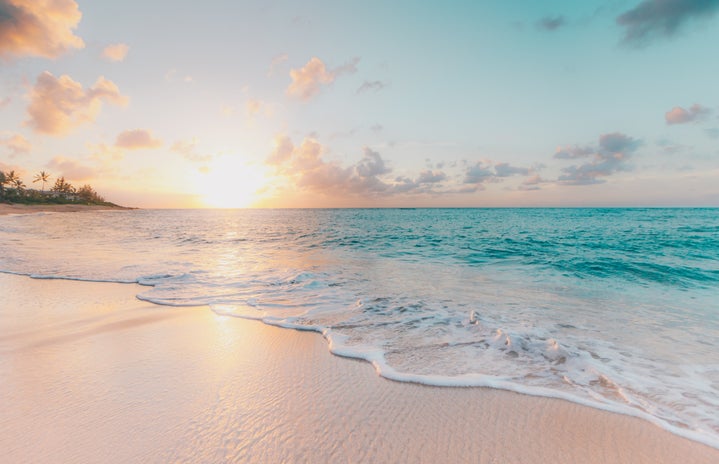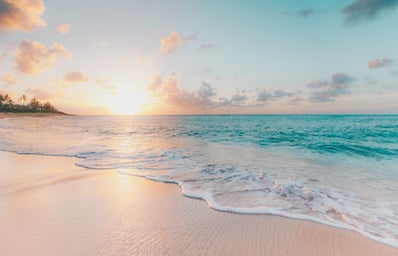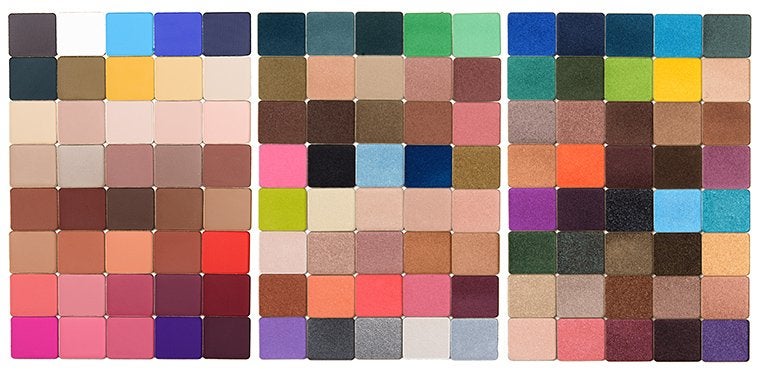If you frequent the beach, you may have stumbled across something that looked like a gem, tumbled by the sea and glowing in the sun. That’s sea glass! Where does it come from, what is it good for, and how can you start collecting it? We’ve got the answers for you!
Sea glass is old, broken glass that ended up on the beach in a variety of ways. It typically comes from broken bottles or other such glass containers, but on beaches with a larger abundance of these treasures, they may have originated from old glass dumping grounds. Once the broken glass is in the ocean, it’s tumbled by the waves until a smooth piece can be found on the sand.
These pieces of glass have tons of spiritual significance. Many people believe the sea has healing properties, and metaphorically the glass also represents a new beginning and purpose. It’s also been charged by the sun and moon over its long expedition in the tides. Specific colors can bring different energies, too. For example, green sea glass is representative of growth. Additionally, sea glass can be used for many creative projects like mosaics and jewelry making!
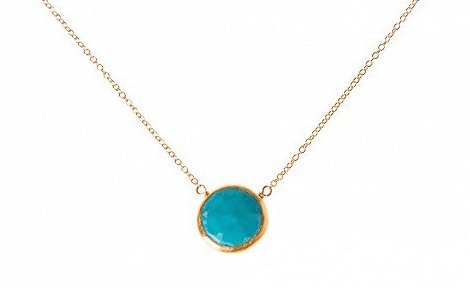
how can you start collecting sea glass? Go to the beach! When you start looking for sea glass, you want to make sure to go at low tide so that as much of the beach is exposed as possible. After a storm is a particularly good time for a beach hunt as the large waves will be sure to bring up tons of sediment- rocky beaches are especially good for a sea glass search. Finally, try to go at a time of day when there may not be a lot of people around.
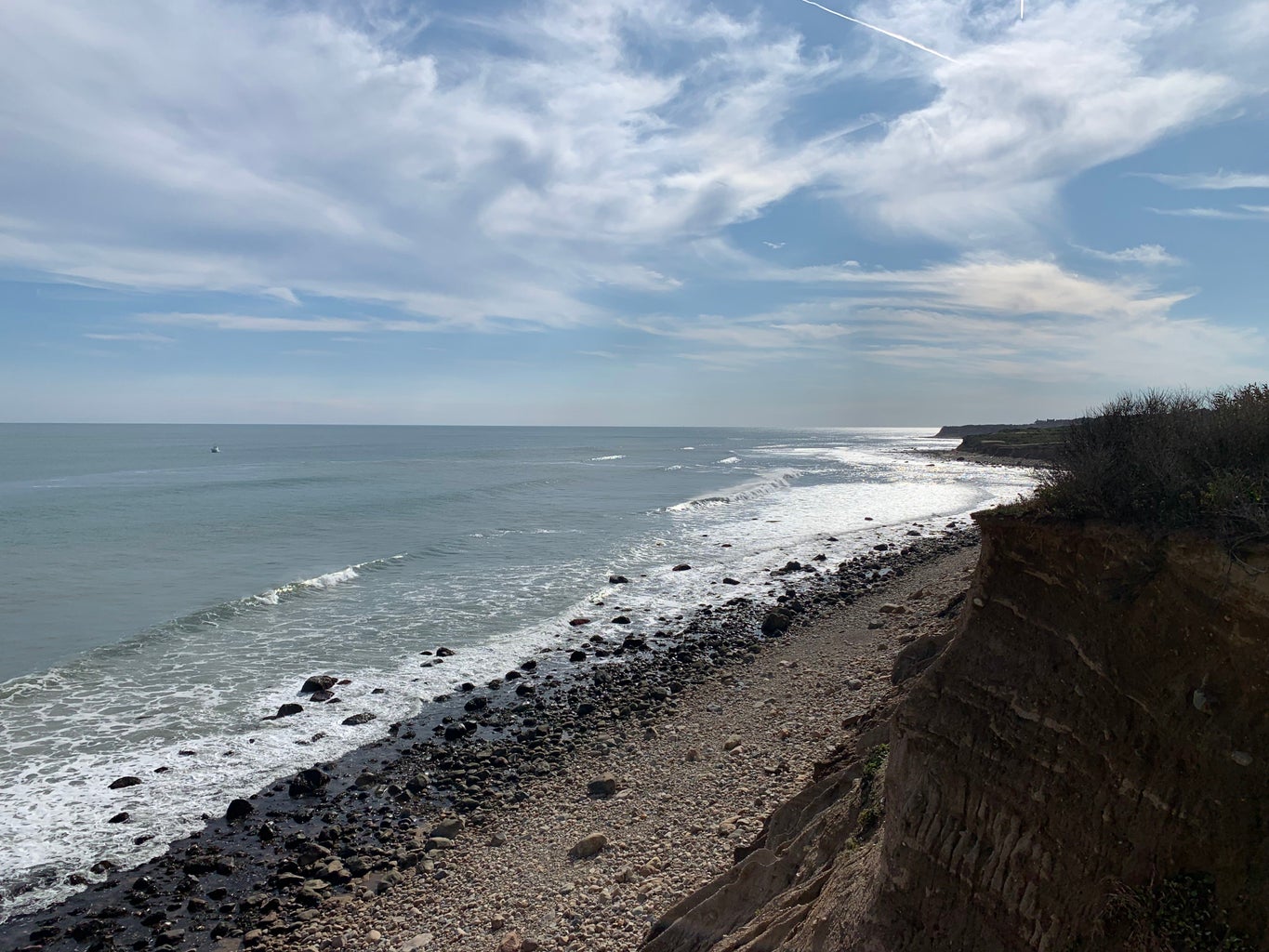
Once you’ve got a collection going, you’ll probably want to search for some rarer pieces of sea glass, so it’s important to know how to grade the glass. Sea glass is graded by how rounded and frosted it is and any imperfections in the piece. Jewelry grade is well frosted and rounded with a maximum of one chip. For example, the rarest shape you can find is a marble, which is a perfectly rounded sphere of sea glass. This is the rarest of the rare jewelry grade possible. On the flip side, craft grade sea glass is more common, with sharper edges and less frosting. This is because it hasn’t been in the ocean as long. Furthermore, the color and size are both important factors when determining a piece’s rarity. Reds, oranges, and yellows are some of the rarest colors a beachcomber can find. These colors of glass are not commonly manufactured and therefore mainly found on beaches with a history of being a glass dumping ground. On the other side, green, white/clear, and brown sea glass are the most common colors to find because of their use in liquor bottles. Lastly, a bigger piece of glass is a more impressive find than a small one of the same grade, but a big piece of craft grade is probably inferior to a small piece of jewelry grade glass.
If sea glass collecting sounds like something you may be interested in, the website Odyssey Sea Glass is a great resource! You can search up reports for specific beaches in your area as well as get help grading your glass. Good luck with your search!
